Kilroot (from the Irish Cill-Ruaidh), also known at various points in history as Kilroigh, Kilruaigh, Kilroe, Kilrothe, Kylroth and Killread, is a small townland four kilometres (or about 2.5 miles) east of Carrickfergus town centre, and one of the oldest inhabited places documented in the area. The wider Kilroot parish area comprises the townlands of Kilroot, Ballyhill (Bellahill), Crossmary and Dobbsland, which combined likely comprised the medieval manerium de Kylroth.
The main feature of the site is the ruin of Kilroot House and the adjoining Kilroot graveyard. These are both situated within a bawn of about one half hectare, of which two ruined bastions and around thirty percent of the walls still remain. The remainder of the site within the bawn is an area of grass and woodland just south of the graveyard, in which can be found a natural un-lined spring.
Etymology
Kilroot is highly likely to have been the first settlement on the northern shore of Belfast Lough, at least within recorded history, making it almost impossible to derive from any existing place-names.
It is suggested that the name Cill-ruaidh (meaning ‘church of the red’ or ‘the red church’) derives from the red-brown coloured subsoil noted in the area, created by large amounts of Mercia Mudstone underlying the soil, which can be observed across almost the entire northern shore of Belfast Lough. It has also been suggested that the name could derive from a bloody battle waged in the area, however there is no historical evidence to back this.
Kilroot was also less commonly called God’s Acre, an antiquated term for a place of burial.
Early History
The founding of Kilroot took place in the Early Christian period. As recorded in the Codex Salmanticensis and several 17th century Franciscan manuscripts, the latin Life of St. Ailbhe of Emly documents how Ailbhe (alternative spelling ‘Ailbe’), a 6th century Bishop and known disciple of St. Patrick, returned from Rome to his native Ireland and landed on the shore in the north of the island after he and his disciples crossed the sea “in a frail ship uninjured”.
One of these disciples was Colmán mac Cathbaid, who founded a church on the northern shore of Lough Laoigh (now Belfast Lough) on the orders of Ailbhe:
“At Ailbhe’s order, one of his disciples called Colmán, founded a church named Cill-ruaidh. And whereas the spot was unprovided with fresh water, St. Ailbhe blessed a stone, in the name of God omnipotent, and forthwith there gushed from it a stream of water.”
He is said to have christened this holy stream of water Buanan Cylle Ruayd (the Unfailing Stream of Cill-ruaidh). Over a thousand years after the alleged discovery of this spring, a natural unlined spring does indeed exist just south-west of Kilroot graveyard. By the early 20th century, it was being piped to a nearby farmhouse, where a stone and brick well-house allowed collection of the water. It was also noted that nuns from the nearby Orlands Convalescent Home had previously used the spring to collect water.
As St. Ailbhe is recorded as having died in 528CE, Kilroot would have been founded in either the late 5th or early 6th century. As the future saint later went on to missionize in southern Ireland and establish the Diocese of Emly in modern-day Tipperary, we would tentatively place his involvement in the founding of Kilroot to be around the year 500CE. James Ussher, Church of Ireland Archbishop of Armagh and Primate of All Ireland between 1625 and 1656 placed the founding of Kilroot in 412CE, apparently based on the life of St. Ailbhe, however the dates don’t appear to correlate if we are to take the Catholic Church on its word that St. Ailbhe died in 528CE. A Local Landscape Policy Area report produced by the Northern Ireland Department of the Environment also quoted the year 412CE, likely from Archbishop Ussher’s claim.
Early Christian Church
After its founding, the church and the surrounding area operated as its own minor ecclesiastical See, as the Church continued to become more established in Ireland. Despite the site’s episcopal nature, it is thought that Kilroot’s resident bishop would have combined the roles of bishop and abbot – indeed Kilroot is historically linked to monastic activity in the area
Colmán is cited at several points in history as being resident bishop of Kilroot, according to the martyrologies of Óengus, Donegal and Gorman. Ecclesiastical boundaries and structure during this period and in this part of Britain and Ireland is unclear, and Kilroot is thought to have served several religious functions and spanned multiple religious jurisdictions throughout history.
Despite all we have been told of the story of Kilroot’s founding, very little is known about this period in its history. The most modern reference to Kilroot as an ecclesiastical unit comes in 725CE, in the Fragmentary Annals of Ireland, which record the death of “Mac Ailearáin of Cill-ruaidh”.
Nothing of the Early Christian period church survives, certainly not above the surface. A basalt bullaun stone which was incorporated into the walls of the medieval church is believed to be earlier in origin, possibly having been part of the Early Christian church, or at least dating from around that time period – however such stones are not this closely date-able.
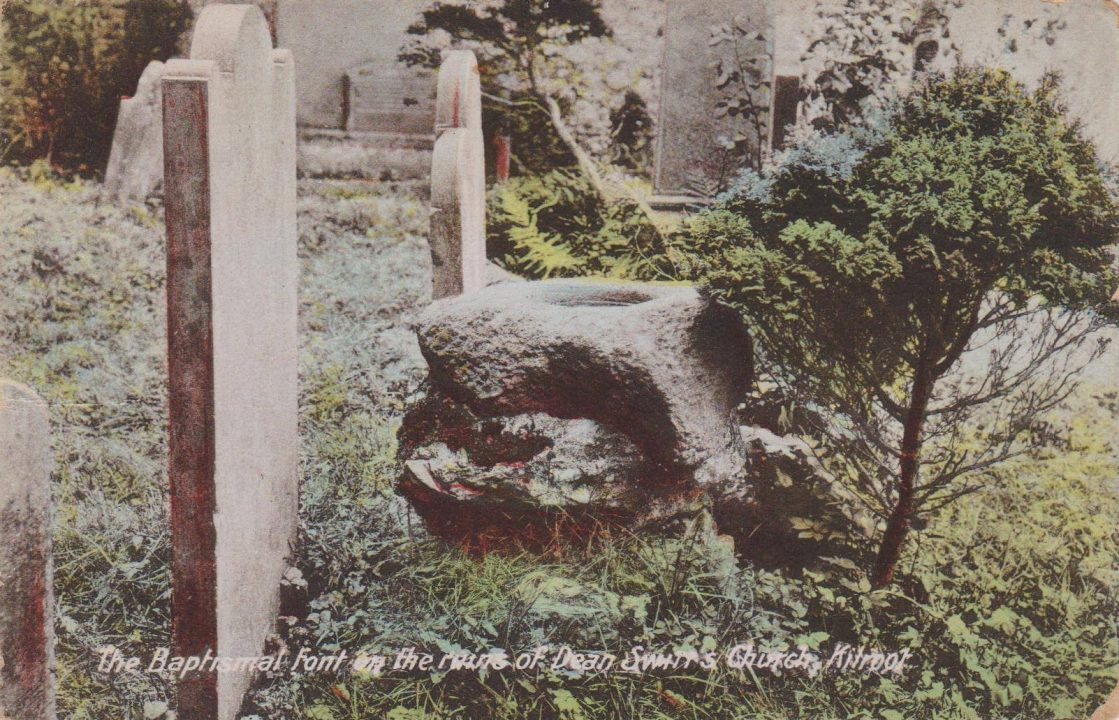
Medieval Church and Parish
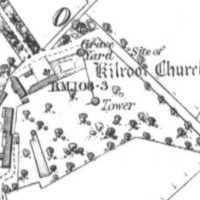
The Annals of Ulster reference a battle in 1199, where Hugh O’Neill is noted to have landed for a time in “Cell in Latharna”, thought by some to refer to Kilroot. Other than this dubious reference, Kilroot largely disappears from all historical mention until around the mid-1200s, where Kilroot in referenced as part of the Diocese of Connor.
The date of the absorption of the See of Kilroot into the Diocese of Connor is unknown, but will certainly have occurred before 1100 and the arrival of the Anglo-Normans, who would soon establish the town of Carrickfergus nearby.
It is almost certainly during this 500-year historical gap that the old church at Kilroot disappeared and was replaced by a later medieval church, possibly containing some of the fabric or foundations of the earlier building. As it was amalgamated into the fabric of the medieval church, the previously mentioned bullaun stone is theorised to have been part of the Early Christian church and therefore possibly the only remaining vestige of that era. The medieval church was visible, albeit in ruin, until the late nineteenth century, and appears on the Ordnance Survey map of 1857.
Two Anglo-Norman grave slabs were discovered on the site of the medieval church, and likely marked the graves of two high-profile people probably dating to the thirteenth century.
In the papal taxation of 1306, the “Rector ecclesie de Kilrothe” is mentioned, suggesting that by this time Kilroot had become a parish. However, the continuity of the Church’s possession of Kilroot through the period surrounding the Anglo-Norman invasion has been questioned, and it is unclear whether the site may have passed at some point into (and out of) private hands. A 1380 record makes reference to the church of “St Colman of Kilroth”, indicating that the Church remained in control of Kilroot throughout this period, as it is said that the site would not otherwise have retained its dedication to Colmán.
In the early 1600s the site may have been owned by John Dalway, who owned large swathes of land in the surrounding area.
In 1609, by charter of King James I, the vicarage of Kilroot was combined with the living of Templecorran and the rectory of Ballynure to form the prebend of Kilroot.
The main feature that dominates the historical site is Kilroot House. The house, also known erroneously as the “Bishop’s House” or “Bishop’s Palace”, is a three-storey house of mostly basalt rubble-stone and probably dating to the early 18th century. It has been in ruin most likely since the end of the 19th century, and has been noted by various accounts to have remained roofed until the early 20th century. It is now partially overgrown and a sign to the north of the building discourages entry due to potential falling stones and masonry.
The house, described in most 19th century accounts as “Kilroot House”, obtained the name of the “Bishop’s House” or “Bishop’s Palace” in the 20th century by way of an historical error. The 1611 Report of the Plantation Commissioners describes a Bishop’s house, which is now known to refer to an earlier 17th century house built by Bishop Robert Humston, who was Bishop of Down and Connor from 1601 until 1606.
“within two myle of the Towne is a stone house buylte by Mr Homstone the late Bishop of Downe at a place by the Sea syde called Kilroote and a stone walle about it 10 foote high repaired by the nowe Bishop”
20th century sources unfortunately misinterpreted the text and assumed that it referred to the three-storey ruin of Kilroot House. Despite the mistake now being known, the structure is nevertheless still most commonly known as the “Bishop’s House” and was even scheduled under this name in November 2000. The real “Bishop’s House” was further to the northwest, where the current cluster of nineteenth century buildings now stand. A much later building on the Larne Road nearby was also named Kilroot House, further adding to the confusion.
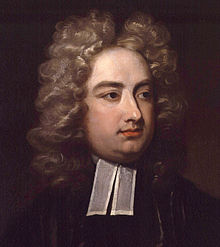
Kilroot House was probably built by Edward Brice, a Scottish native and Protestant minister who settled in County Antrim in the early 17th century and became prebend of Kilroot in 1619. Although the circumstances are unknown and described by some historical sources as “puzzling”, Brice soon acquired much of the land in Kilroot by way of a long-term lease. The northern wall of the graveyard, the dovecote in the north-east bastion of the bawn and Kilroot House are all attributed to the time period shortly after Brice acquired the land. An elaborate garden was also built just south of the house, which was partially uncovered by archaeologists in 2003.
Well known Anglo-Irish satirist Jonathan Swift also served for a time as prebend of Kilroot, and reportedly served from 1694 until 1696. He would have presided over the parishes of Kilroot, Islandmagee and Templecorran during this time. He lived nearby to the west in a building famously known as the “Round House”, an oval-shaped thatched building built as such with the religiously-motivated intention of denying the devil his ability to hide in corners. It was here that he drafted A Tale of a Tub, based on his experiences with Presbyterians in Ireland, who he was reported to have called “Scotch Dissenters”. He would also have collected most of his ideas for Gulliver’s Travels during this time – Cave Hill in Belfast is said to have been inspiration for some of the book’s settings. The Round House was derelict by the 1950s, with the council allegedly unwilling to pay for upkeep, and was destroyed by fire in 1959.
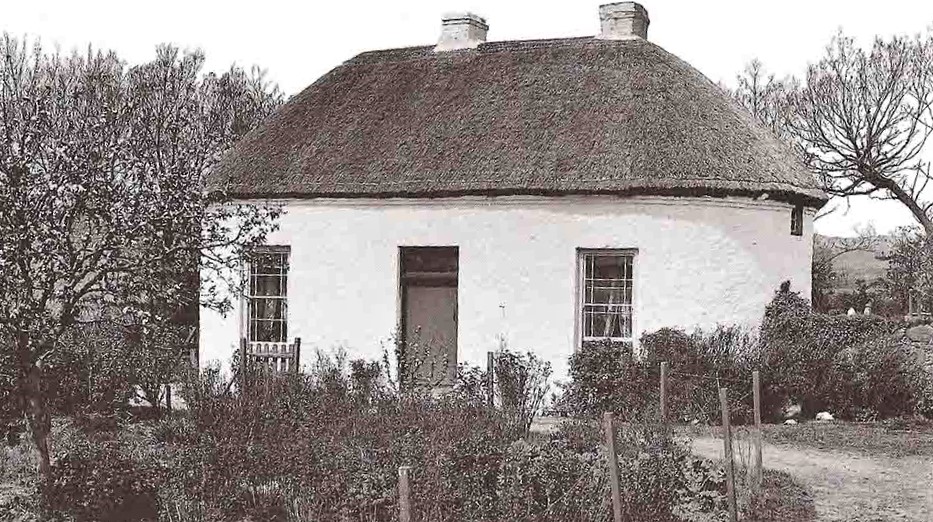
Modern Day
During clearance work in the graveyard in 1858, workmen discovered the bullaun stone incorporated into the wall of the still-visible ruins of the medieval church. It is a rather small example of a bullaun in comparison with similar stones found elsewhere, but is still believed to have served the same purpose in the grinding of materials or grains. The bullaun stone was removed into the care of St Colman’s Church of Ireland, where it was used as a baptismal font. I have not been able to learn when the stone was moved, nor whether it still remains at St Colman’s, however I would imagine that it was moved to St Colman’s after completion of the current church building in 1971/72.
The Parish of Kilroot was joined to the Parish of Carrickfergus in January 1916. In December 1929, Eden National School relocated to a new building across the road, leaving the old schoolhouse vacant. From 1930 onwards the building was used by the Kilroot Parish as a church meeting house.
In 1971, the Church acquired a tract of land in Downshire, just to the west of Eden. On 10 December 1971 the new church was dedicated to St Colman and has been active in the community ever since.
Irish Salt Mining and Exploration Ltd. began mining rock salt underneath Kilroot from a site just south of the Kilroot bawn in 1965. Its salt is exported for road de-icing, and is one of the largest sources of de-icing salt in the UK and Ireland. Since then the site has expanded massively, with half a million tonnes of rock salt being mined per year.
Archaeological Dig
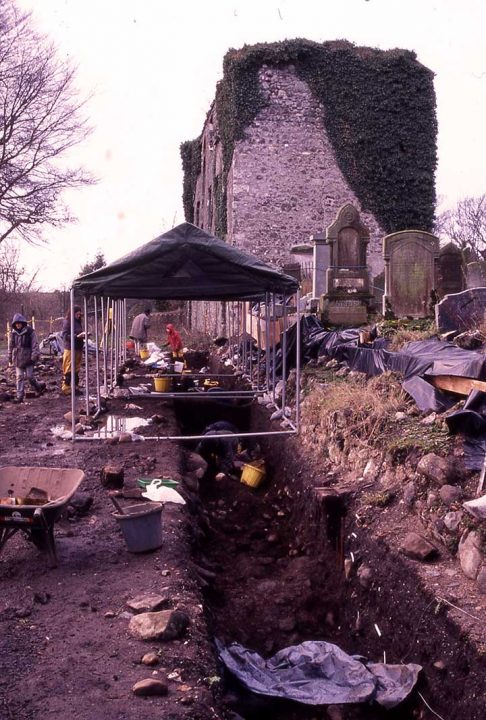
The southern wall of the Kilroot graveyard collapsed in November 2002. Before replacing the wall, Carrickfergus Borough Council arranged procedural archaeological mitigation and it was deemed necessary to excavate a trench along the wall’s perimeter in order to examine the archaeological deposits detected in test pitting, including structures and human remains disturbed by the wall’s destruction. This work was carried out by archaeologists from Queen’s University Belfast in 2003.
The archaeological dig uncovered seventy-three human skeletons – three of which were of infants – some of which predated not only Kilroot House, but also the existing graveyard itself. At the level of excavation, evidence of overcrowding was apparent, with no visible concern for disturbing earlier graves with newer burials. At least ten of the skeletons were buried in a non-traditional north-south orientation, which has been interpreted as the burial of executed criminals. The earliest remains were found near the middle of the trench, nearest to the centre of the existing graveyard where the church originally was, indicating that the burial site originally expanded to the east and west from this location.
The dig uncovered prehistoric burial features, extending both south of the graveyard and far to the east. Indeed it has long been known that the burial ground would have been much larger than the existing graveyard in all directions, but especially to the east.
Kilroot Today and General Information
Today Kilroot is accessible from the north via Fort Road, a quiet and picturesque tree-lined road just off the main A2 Larne Road. Kilroot is thought to have previously been on the route of an old coach road from Carrickfergus to Whitehead (or as far as Larne) predating the Larne Road, and so would have been accessible from the east and west possibly as recently as the 1700s. Evidence of stretches of this old road can be seen on old Ordinance Survey maps of the area.
The land immediately to the east, west and south of the Kilroot bawn are owned by Irish Salt Mining and Exploration, and as such are not accessible to the public. Their 8 hectare site includes a helipad and its own deep-water jetty to accommodate export by cargo ship. The shaft is tunnelled enough to accommodate large vehicles and mining equipment down to full mining depth. The mines allegedly stretch as far as Ballycarry. The mine also exports by road haulage, and Fort Road has frequent lorry traffic during weekdays as a result. It is unclear where ISME’s land begins south of the graveyard, and the company has security personnel – a security Land Rover circled the graveyard area frequently to keep an eye on me while I was there taking photographs in November 2016.
Kilroot graveyard, while once much larger and extending more to the north and east, is now confined within the remaining walls of the bawn. The north-east bastion survives mostly intact and the south-east bastion is still visible, in ruin. The other two bastions are no longer standing – the north-west bastion is now underneath the road to ISME’s mine. The southern wall which collapsed in 2002 was replaced with a hasty and rather unattractive breeze-block wall after the archaeological dig was completed. A concrete replica of the bullaun stone is mounted in the middle of the graveyard on a base of stone and red brick – according to some sources the stone is a remaining portion of the medieval church.
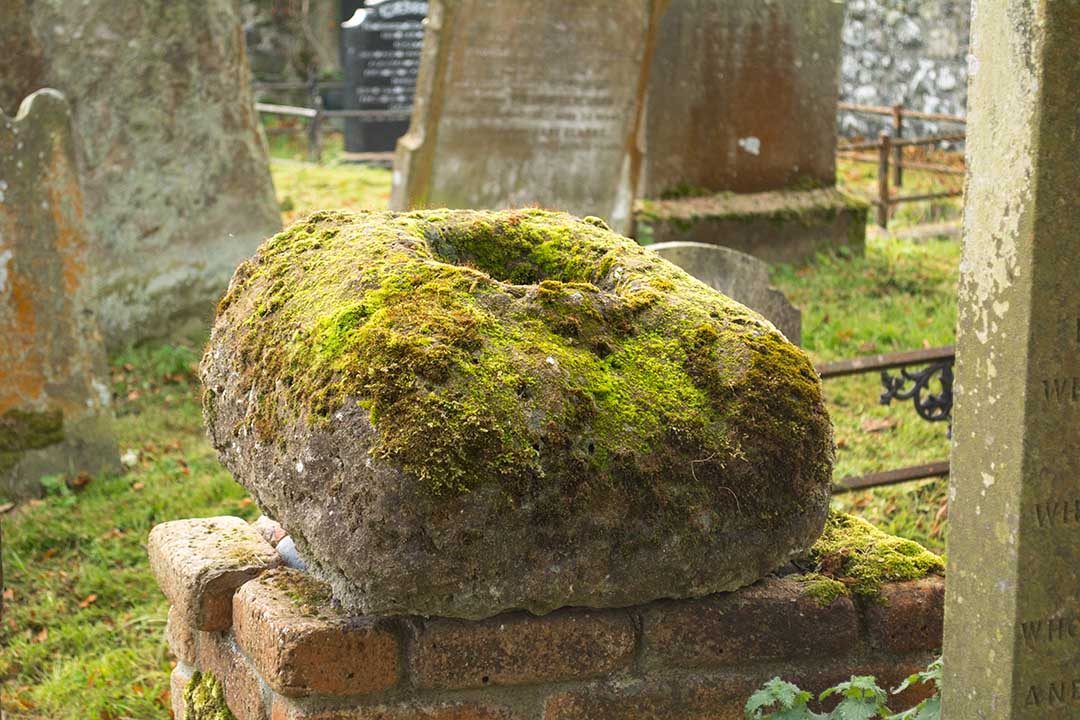
The interior of Kilroot House is officially out of bounds to the public out of concern about falling masonry in the building, however it is still accessible.
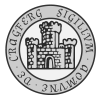
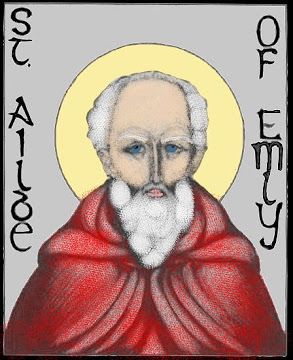
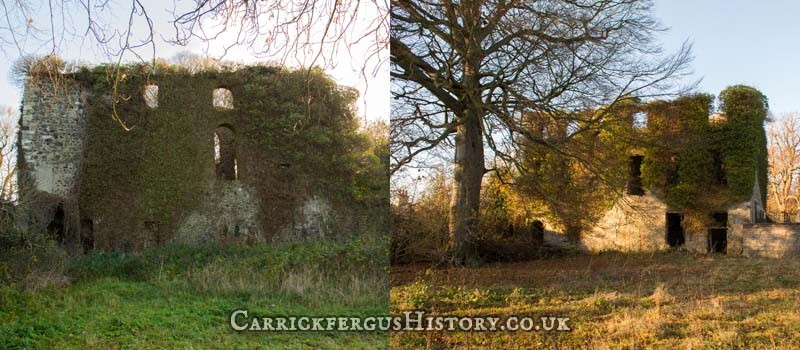
Pingback: 710 BRIEF 3 – DESIGNING WITH NARRATIVE – charlotte blair